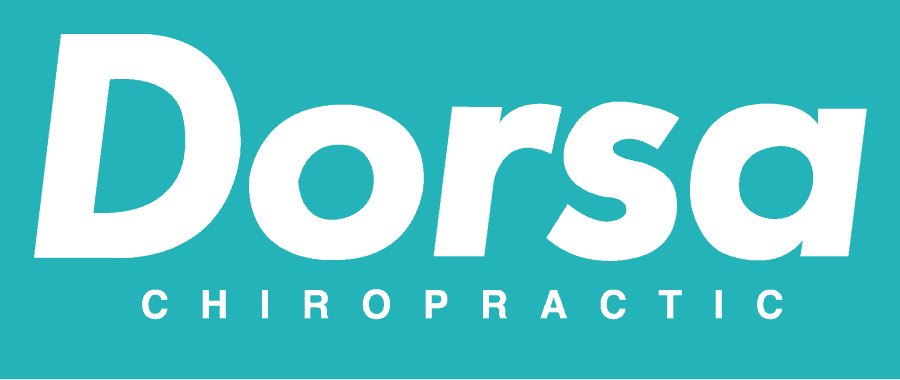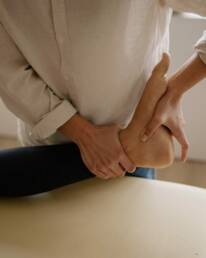Reflexology, an ancient healing practice rooted in the belief that specific points on the feet, hands, and ears correspond to various organs and systems in the body, offers a unique and holistic approach to well-being. By applying targeted pressure to these reflex points, reflexologists aim to stimulate energy flow, promote relaxation, and support the body’s natural healing processes. In this exploration, we delve into the techniques, benefits, and considerations that define the art of reflexology.
The Core Techniques:
- Foot Mapping:
- Reflexology practitioners use foot maps that illustrate the corresponding reflex points on the feet to specific organs, glands, and body parts.
- Each foot is divided into zones, and pressure is applied to these zones to address different areas of the body.
- Thumb and Finger Pressure:
- Reflexologists use their thumbs and fingers to apply precise pressure to specific reflex points on the feet, hands, or ears.
- This targeted pressure stimulates the nerve endings and promotes a therapeutic response in the corresponding areas of the body.
- Massage and Relaxation Techniques:
- Reflexology sessions often incorporate massage and relaxation techniques to create a soothing and comfortable experience.
- Techniques may include kneading, circular motions, and gentle stretches to enhance overall relaxation.
- Zone Therapy:
- Reflexology is closely tied to the concept of zone therapy, which involves dividing the body into longitudinal zones and applying pressure to specific points within these zones.
- By working on these zones, reflexologists aim to restore balance and harmony to the body’s energy flow.
- Aromatherapy:
- Some reflexology sessions may include aromatherapy using essential oils to enhance the overall experience and promote relaxation.
Benefits of Reflexology:
- Stress Reduction:
- Reflexology is known for its ability to induce a state of deep relaxation, helping to reduce stress and tension.
- Improved Circulation:
- The stimulation of reflex points enhances blood circulation, promoting the efficient delivery of oxygen and nutrients to the cells.
- Enhanced Energy Flow:
- By working on reflex points, reflexology aims to balance and restore the natural flow of energy throughout the body.
- Pain Relief:
- Reflexology may help alleviate pain and discomfort, especially in areas corresponding to reflex points on the feet, hands, or ears.
- Improved Sleep Quality:
- Regular reflexology sessions are believed to contribute to improved sleep patterns and overall sleep quality.
Considerations:
- Individual Responses:
- Responses to reflexology can vary among individuals. Some may experience immediate relaxation, while others may notice gradual improvements over multiple sessions.
- Contraindications:
- Reflexology is generally considered safe, but individuals with certain medical conditions (such as foot injuries, infections, or specific health concerns) should consult with a healthcare professional before seeking reflexology.
- Holistic Approach:
- Reflexology is a holistic practice that complements conventional healthcare but does not substitute for medical diagnosis or treatment.
Reflexology, with its focus on the interconnectedness of the body’s systems, stands as a pathway to relaxation, balance, and holistic well-being. Rooted in ancient wisdom and refined over centuries, this gentle yet powerful practice reflects the profound impact of touch on our physical and energetic bodies. As individuals seek avenues for relaxation and harmony, reflexology emerges as a therapeutic modality that invites them to embark on a journey of sole serenity, connecting mind, body, and spirit.

